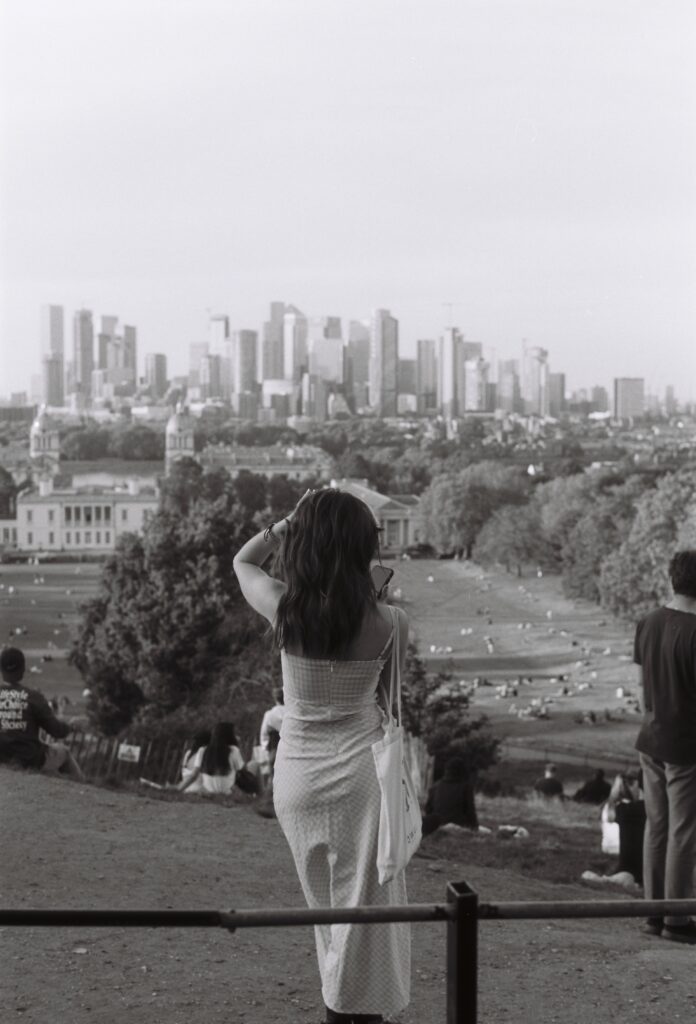
Photo by Suhyeon Choi on Unsplash
I can’t be the only one noticing the change—the Kar/Jenners are getting slimmer. That famous curvy figure that made them the talk of pop culture seems to be fading, making me wonder: is skinny making a comeback?
Kim’s embrace of her natural curves echoed a movement that had long been championed by video vixens. However, she seized a pivotal moment in history, leveraging her figure for fame and influence. While video models celebrated curves, Kim’s timing coincided with a societal shift, catapulting her into a spotlight that embraced and amplified the celebration of diverse body shapes, marking her as a trailblazer in the mainstream representation of beauty.
That said, the Kardashian family has been a trendsetting force in the world of fashion and beauty for years. Their styles, preferences, and even physical attributes have often influenced global trends. Recently, there have been noticeable changes within the family, particularly in their appearance, leading to speculation about a potential shift in beauty standards.
Over the years, the Kar/Jenners’ physique evolution has been evident, particularly in the accentuation of their hourglass figures. Initially, their fame centered on fuller figures, celebrating voluptuous silhouettes where ample curves were the focal point. Throughout their journey, the emphasis shifted: while their derrières remained prominent, their waists appeared to shrink, accentuating their hourglass proportions. However, in recent times, there seems to be a shift once more. Their figures have leaned towards a slimmer aesthetic, seemingly scaling back on extreme curves, which were previously the hallmark of their celebrated looks. This alteration in their physique reflects an ongoing narrative of changing beauty ideals and evolving personal preferences within the realm of celebrity influence.
With the Kardashians publicly showcasing their weight loss and evidently opting for modifications, it’s sparked discussions about a potential shift in popular culture towards a more slender aesthetic. The historical oscillation of beauty standards between curvaceous figures and slimmer frames is now intersecting with what I’m colloquially referring to as “ozempic culture.” This term refers to the growing influence of weight loss medications and procedures, blending with the societal shift in preferences. As the Kardashians make visible transformations and seemingly scale back on their previous body enhancements, it’s part of a broader narrative within popular culture where trends in appearance and beauty ideals continue to evolve, influenced by both cultural perceptions and medical advancements.
The Kardashians’ influence has been undeniably associated with popularizing voluptuous hourglass figures, emphasizing curves and accentuating the derrière. However, their recent transformations have raised questions about whether there’s a resurgence of a thinner, more streamlined silhouette in the beauty landscape.
Moreover, societal beauty standards are multifaceted and continually evolving. While the Kardashian family’s choices might impact a segment of their audience, it doesn’t necessarily imply a complete overhaul of prevailing beauty norms. The emphasis on body positivity, inclusivity, and diverse representations in media and fashion has also contributed to a more accepting and diverse definition of beauty.
The fluctuating body ideals, propelled by social media, fashion, and celebrity culture, often create a cyclic pattern where different body types and aesthetics gain prominence at different times. While the Kardashians’ influence is significant, the landscape of beauty standards is influenced by various factors, including cultural shifts, movements advocating for body acceptance, and the ongoing quest for individuality and self-expression.
So, whether “skinny” is making a comeback based on the Kardashians’ choices remains subjective and contextual. While their transformations might spark conversations, the notion of beauty continues to be diverse and subjective, with individuality and self-acceptance playing pivotal roles in shaping personal preferences and societal ideals.
